Description
This long-awaited book, due out in March 2020, will be the only full history of Halifax available, and it will almost certainly never be bettered. The town has a wonderfully rich and interesting past, celebrated and enhanced by recent developments, all covered in A History of Halifax. Whether the book is bought as a treat for self or as a gift, it will inform and delight in equal measure.
Author: John A. Hargreaves
Imprint: Carnegie Publishing
Binding: Paperback
ISBN: 978-1-85936-237-2
Extent: 416 pages
Format: 243 x 169mm
Illustrations: over 200, colour
Pub. date: 27 March 2020

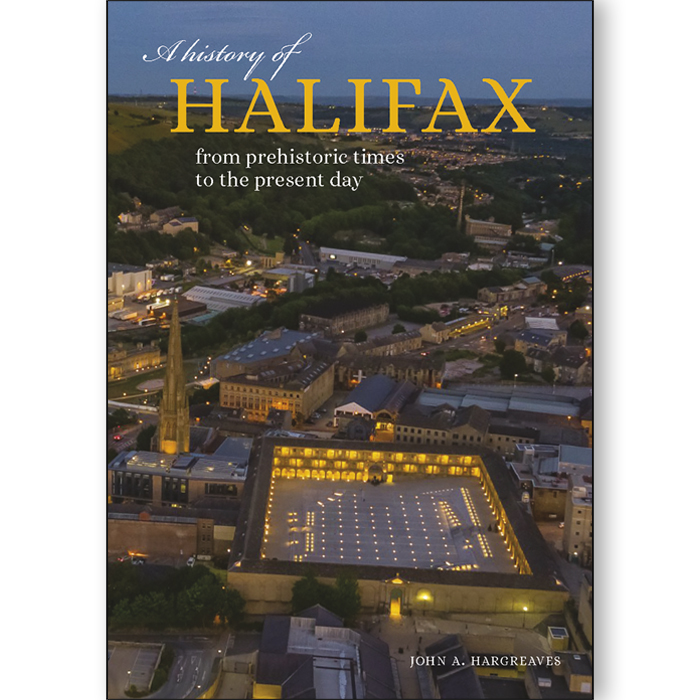
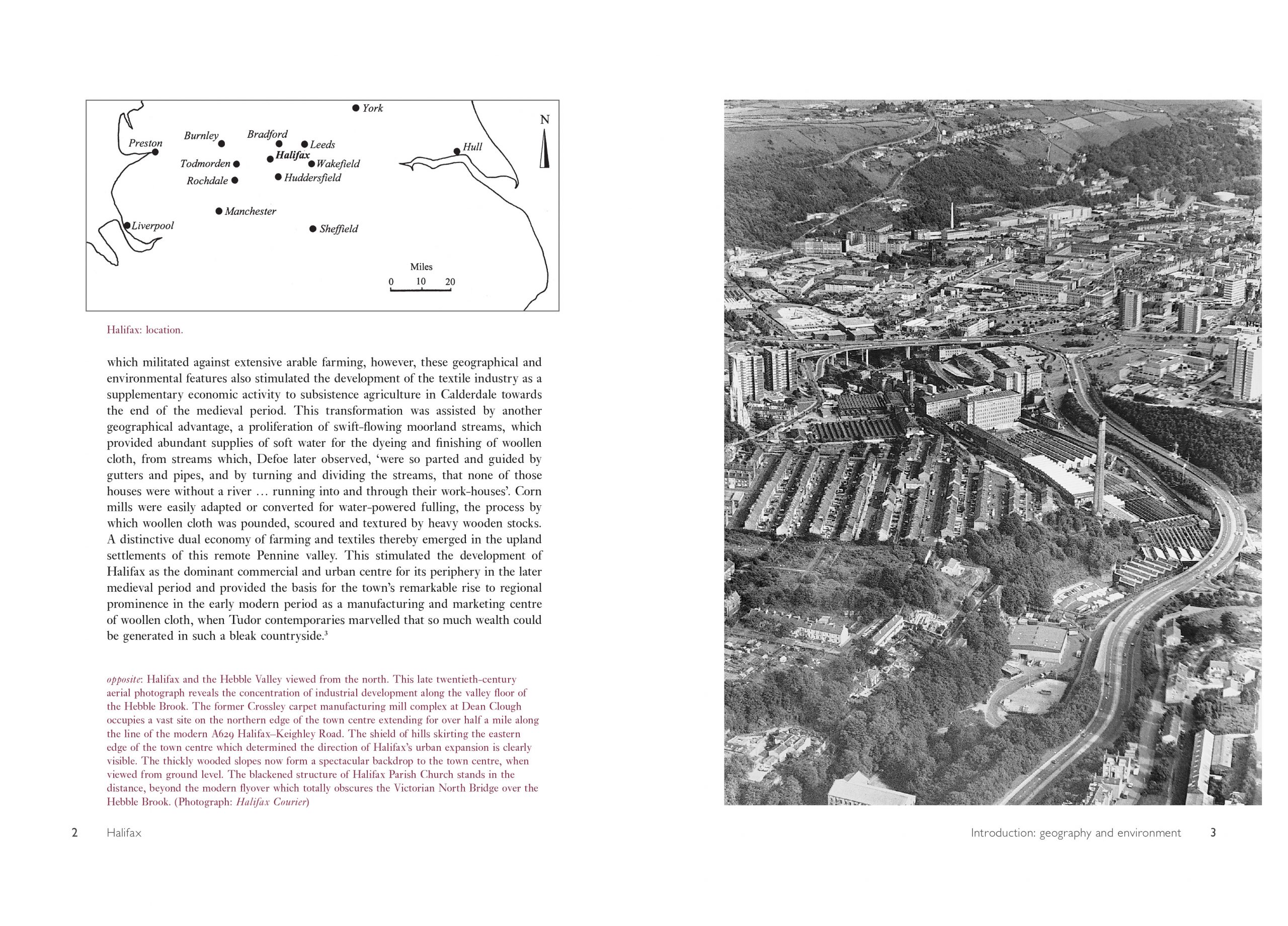
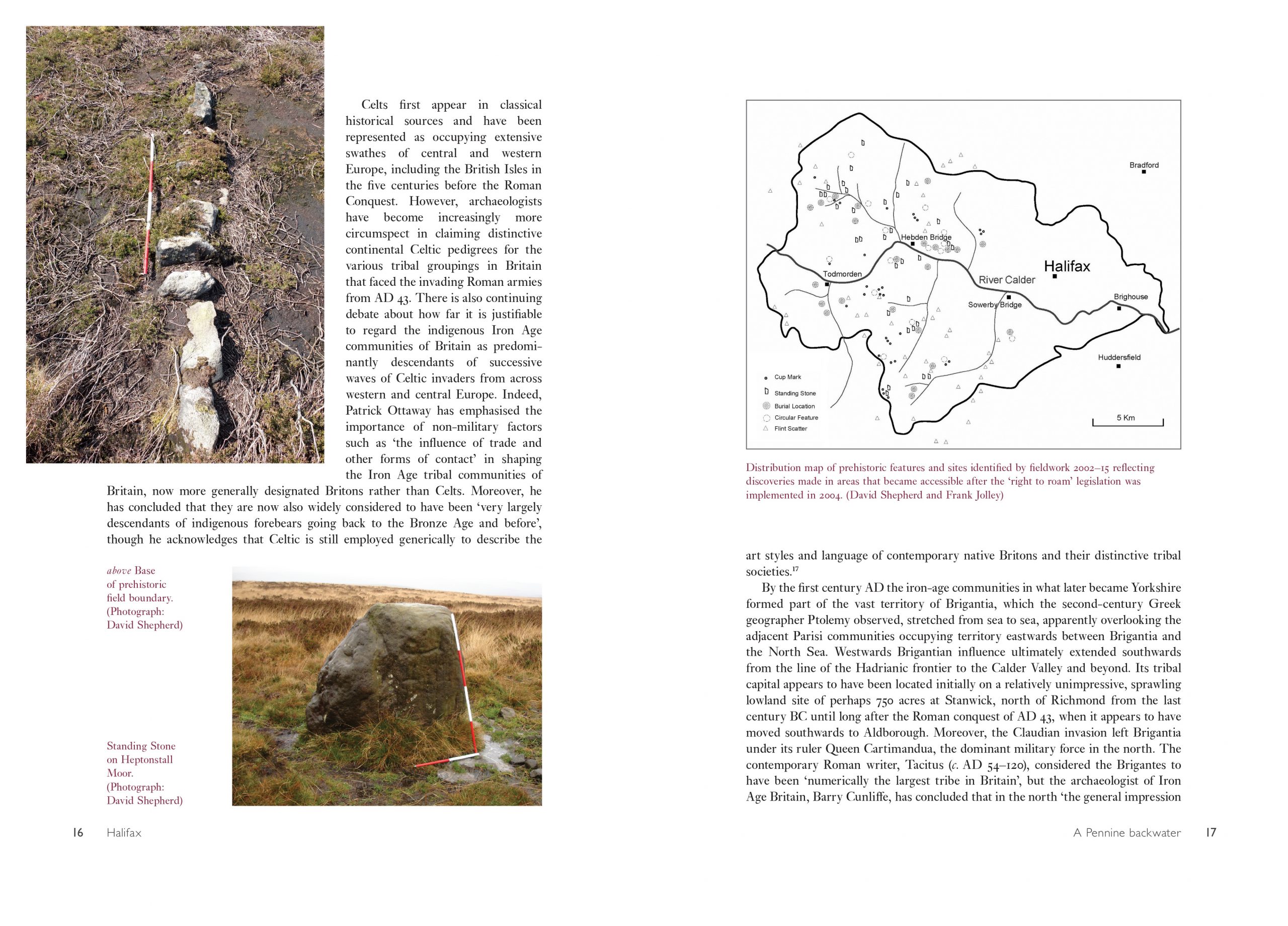
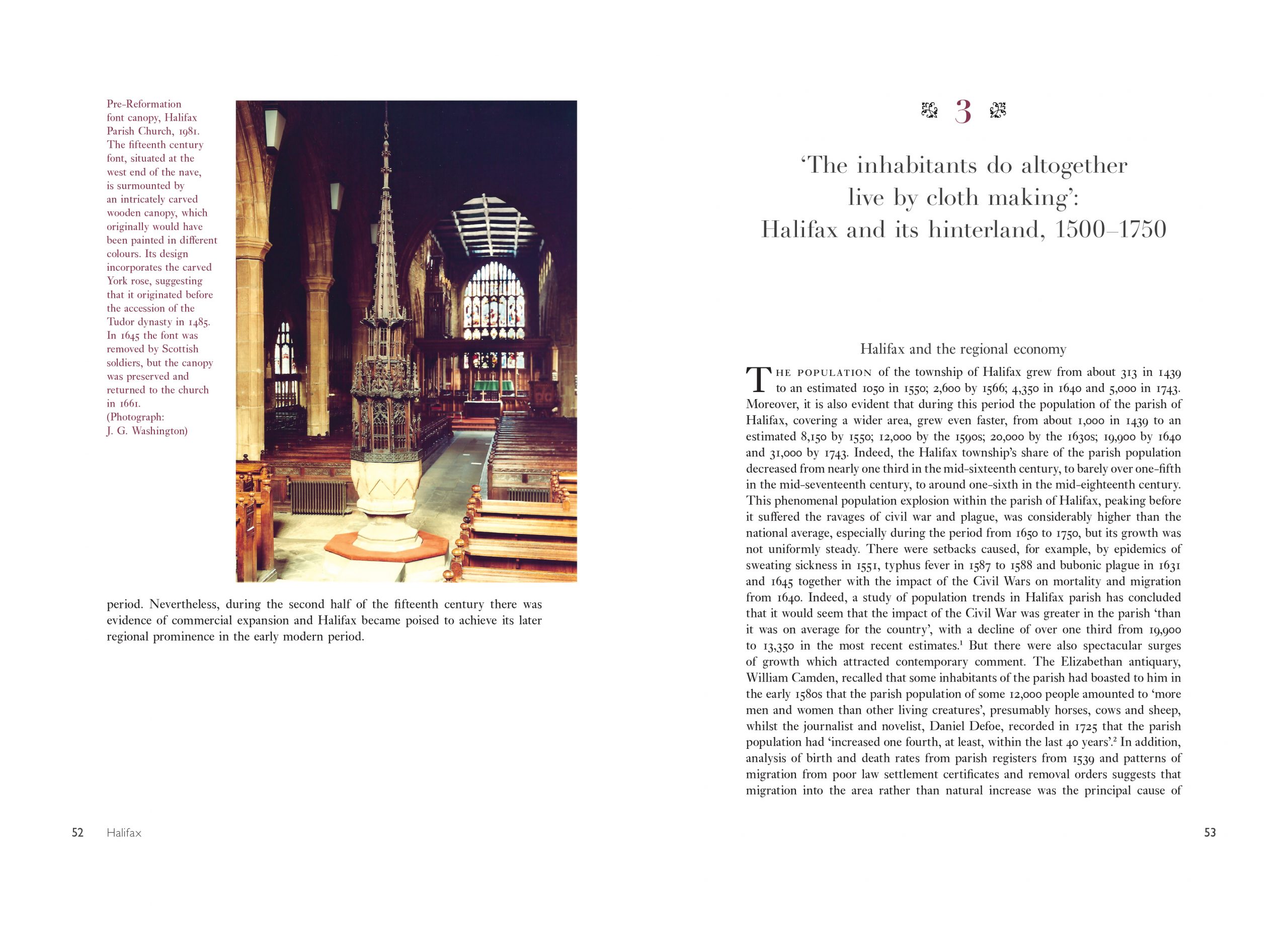
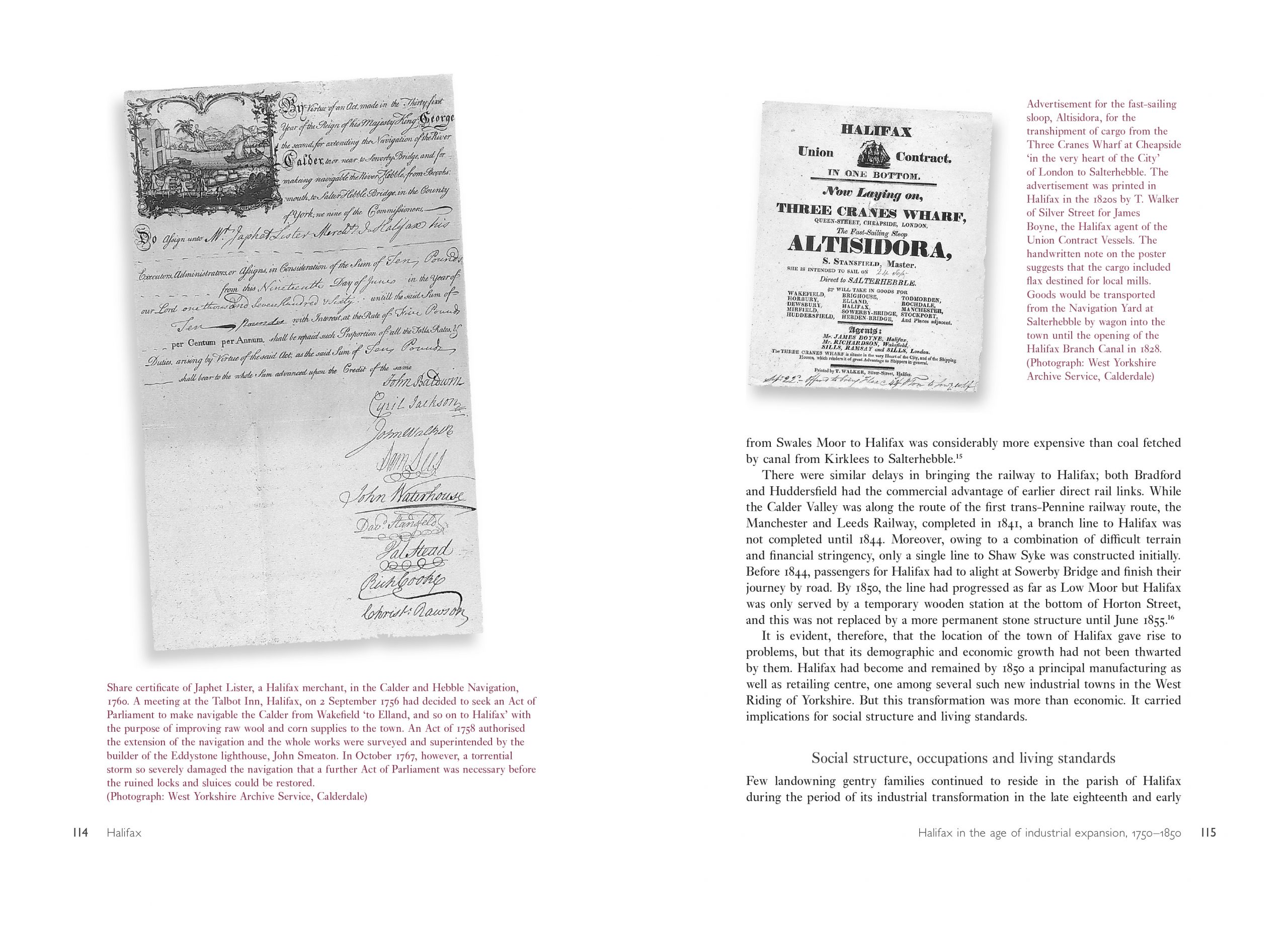
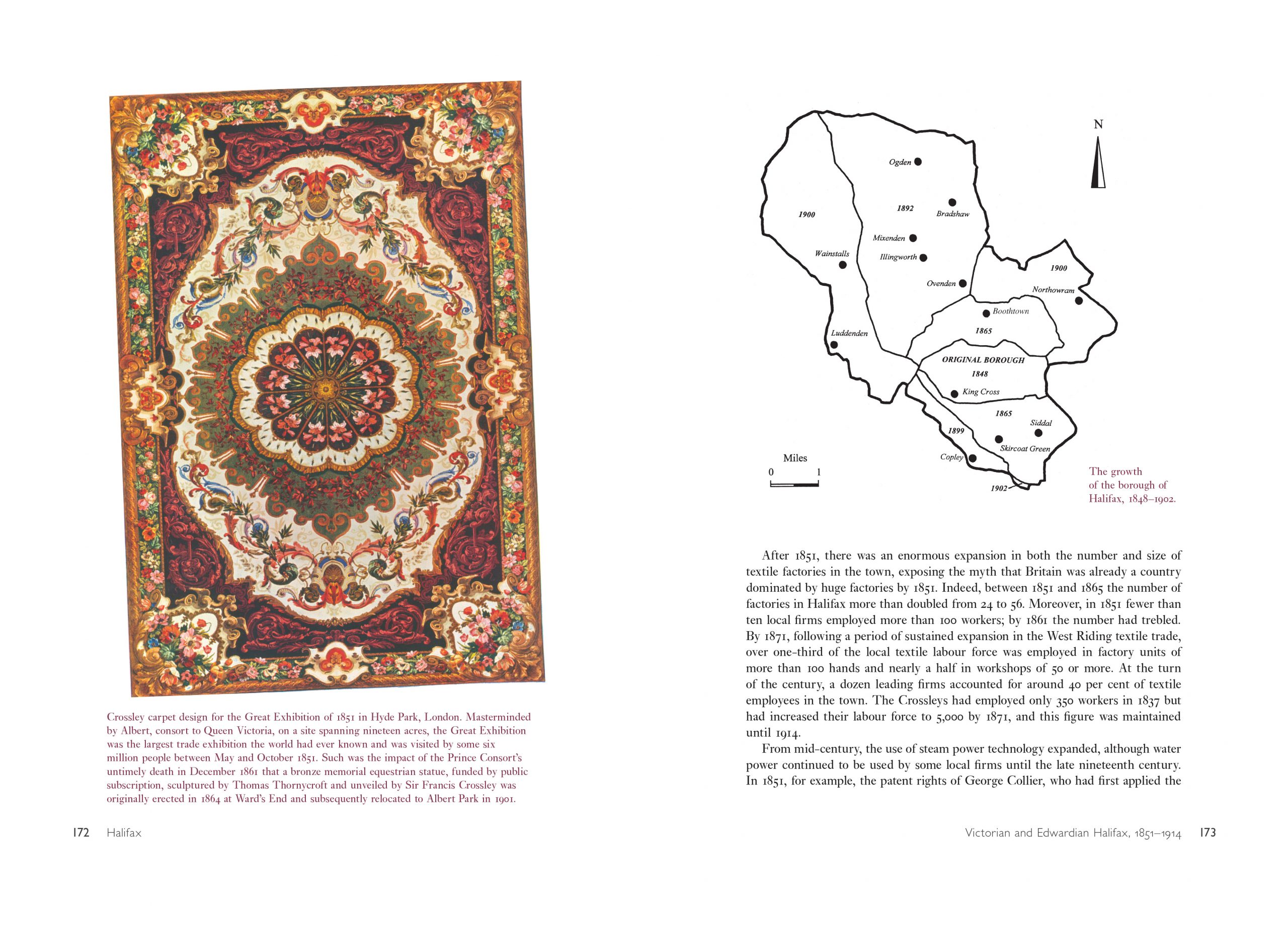
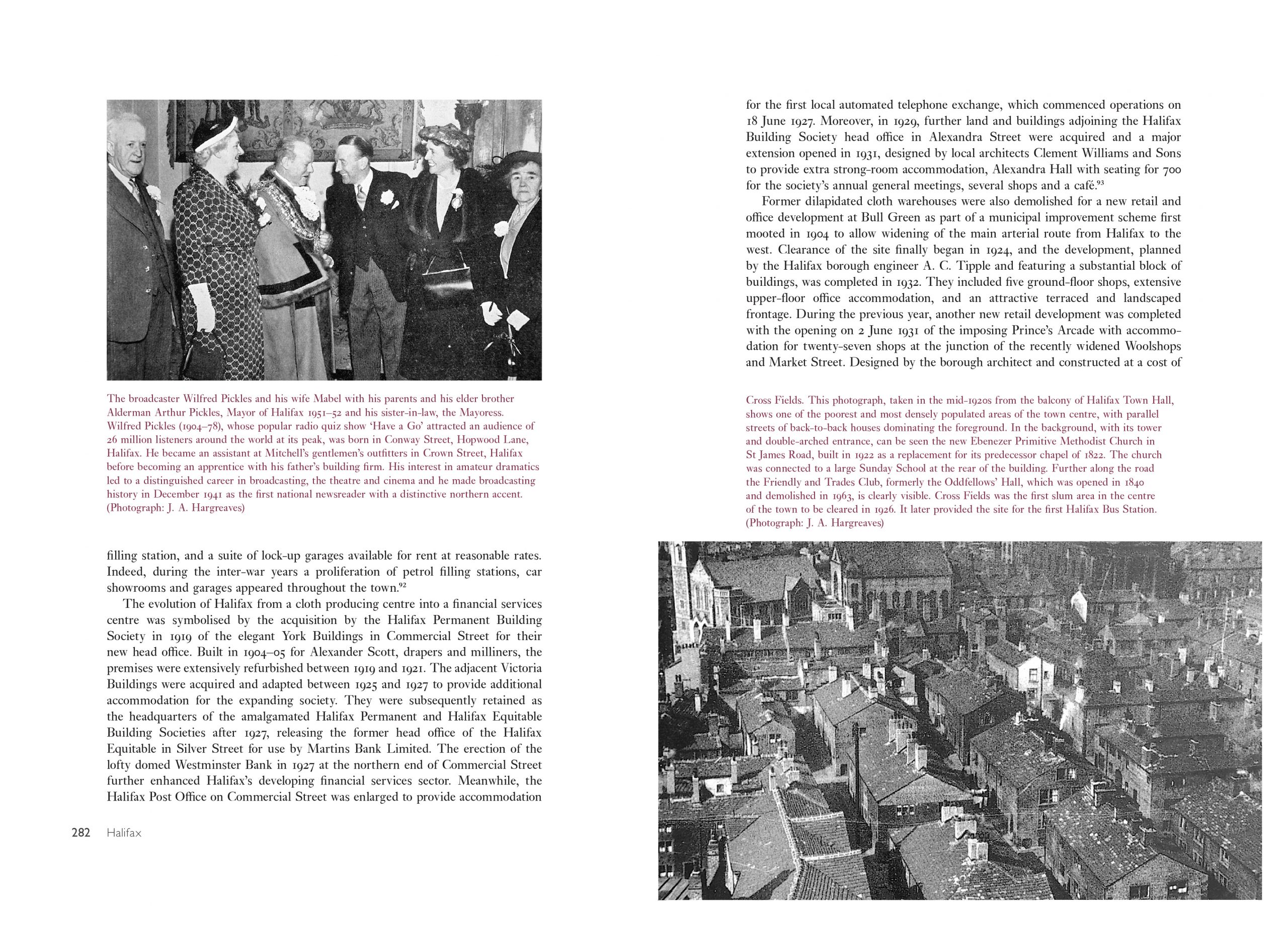

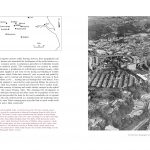
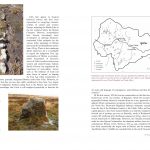
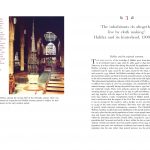
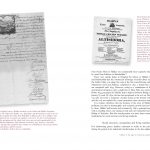
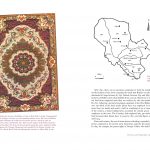
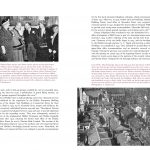

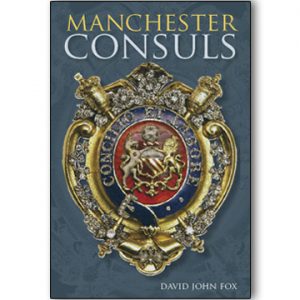
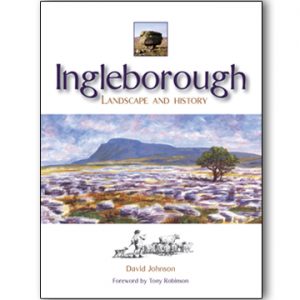


Halifax Courier –
Every local household ought to own a copy of Halifax.
Dave Russell –
The lone author writing a coherent history of a town across an extended period of time faces an extraordinarily difficult task. Whether intended or not, such a study often effectively becomes ‘an official history’, a work of record for the local community, from which readers expect an even-handedness that stimulates critical thought but eschews any obvious partisanship. As well as satisfying this local community which will always comprise the largest readership, that worrying and shadowy beast, the ‘scholarly’ reader, also lurks, ready to pounce. Above all else lies the problem of coverage: no one individual can possibly claim expertise across either the lengthy timescale or range of topics that nevertheless must be discussed. Historians have frequently circumvented this problem either by limiting their chronology – the Victorian period has been a popular point of both termination and departure – or by confining their subject matter to matters of religion, politics and administration. Others have preferred the alternative strategy of tackling urban history through the edited volume of essays written by a variety of specialist writers. This can be extremely effective, as exemplified locally by Hilary Haigh’s 1992 publication, Huddersfield. A most handsome town. However, the coverage, unity and consistency of voice provided by an accomplished single hand is particularly satisfying and Halifax is extremely fortunate to possess an historian who can rise to the many challenges and especially that posed by the subtitle ‘from prehistoric times to the present day’.
Dr Hargreaves’s book was first published in 1999 as part of the excellent ‘Town and City Histories’ series originally produced, fittingly in this context, by the Halifax-based Ryburn Publishing before it passed to the University Presses of Keele and Edinburgh, respectively. Following an enthusiastic reception, a revised second edition swiftly followed in 2003. Seventeen years later we welcome it back a third time. The first thing to note is that this really is a new edition and not simply, as can sometimes be the case, the existing text with a new preface and updates on recent history. Hargreaves does include both of the latter elements but, while maintaining the structure of the original volumes, has expanded the overall content by some 25%. The many well-chosen and well-captioned illustrations that adorned the earlier editions have been retained but, like the text, substantially and intelligently augmented. The captions are sufficiently adroit that a very good understanding of Halifax’s past can be derived simply through a satisfying browse through the pictorial content. The new version makes diligent use of the substantial historical literature on Halifax and district that has appeared in the last two decades: it is striking how much of this has been produced under the auspices of the Halifax Antiquarian Society and, indeed, other Calderdale historical bodies. Hargreaves pays warm tribute to the organisation and the book is in no small way eloquent testimony to the important role played by vibrant local societies within wider historical scholarship.
He begins with a brief but valuable study of the town’s landscape and environment rooted in novelist Phyllis Bentley’s pithy observation that ‘All Halifax history depends on Halifax geography’. The subtle interplay between the constraints and opportunities resulting from Halifax’s location and landscape sketched out here goes on to become a major theme of the book. The range of steep hills to the north-east and south-east may have made connection to major road, canal and rail networks beyond the town, along with transport within it, extremely difficult, but it led to such resourceful and ambitious schemes as the creation of the Godley cutting and the Shibden embankment for the Leeds Turnpike between 1824 and 1830 and the early adoption of an electric tramway system from 1898. Poor topsoil hindered arable farming but stimulated the supplementary textile manufacturing that led to the Halifax Parish producing about one third of West Yorkshire total cloth output by 1469. From the late twentieth century, the area’s ruggedness, once so daunting to visitors, had become a major attraction for commuters and discerning tourists alike. The victory of ingenuity and imagination over physical limitation, although never total – the shortage of flat building land has long bedevilled the town – is a recurring leitmotif. In 1858, topographer William White noted that Halifax, ‘viewed from the surrounding heights, exhibits a tract of country, which perhaps more than any other in the kingdom, serves to show how completely the wealth and industry of man can triumph over the most stubborn indispositions of nature’. As Hargreaves frequently demonstrates, that ‘triumph’ often came at great human and environmental cost but such appreciation of it is understandable.
From this point, the book goes on to consider Halifax’s history across six substantial chapters devoted to broadly-defined but distinct historical periods. Throughout, he examines not only the township of Halifax but its relationship with the wider hinterland, charting the shifting balance of wealth and power between the two. The first substantive chapter, ‘A Pennine Backwater: Halifax before 1500’, is one of the most fully revised and extended with the author making particularly thorough use of recent pioneering systematic field archaeology in the Calderdale uplands and in Yorkshire more widely. Evidence of permanent prehistoric occupation remains elusive – as does a clear starting point for the settlement of Halifax – but it is exciting to read of the variety of Stone Age and Bronze Age sites and artefacts that have recently been discovered. The establishment of a textile economy from the twelfth century is also charted carefully, as is Halifax’s role as a centre of manorial and ecclesiastical administration. By 1500, Halifax, ‘while little more than a village in size and population, was developing into an embryonic medieval town’. As the narrative then moves into periods which are better served by surviving source material, Hargreaves is able to sub-divide chapters into clear sections dealing with the economy, social structure, religion, politics, local government and architecture. This thematic approach allows the reader to take up individual strands that can be followed throughout the book. (The book’s superb index allows for the perusal of specific elements within them.) As the discussion moves into the nineteenth century, those core areas are supplemented by increased attention to social conditions and cultural life. As an historian of leisure and popular culture, I much enjoyed the author’s willingness to cover the latter arena which, until surprisingly recently, has often been addressed largely as an afterthought in many works of local history. It is a significant comment on the role of popular culture in modern society that as the book reaches recent times personalities such as wrestler Shirley Crabtree, aka ‘Big Daddy’, TV presenter John Noakes, athlete Hannah Cockcroft and playwright Sally Wainwright are among those with Calderdale birthplace or roots who begin to receive a level of attention only accorded in earlier chapters to leading figures from the worlds of religion, politics and industry.
For most of the book, however, rather more traditional topics rightly predominate. Although the author sets consistently high standards of coverage and discussion across all his chosen themes, his consideration of religion and of architecture are particularly impressive. Long an accomplished historian of religion, he provides a rich picture of ecclesiastical life from the building of Halifax’s Romanesque Parish Church around 1120 and accompanying establishment of the vast Halifax Parish (the largest in Yorkshire), to the travails of the Reformation, Halifax and district’s emergence as a major centre of puritanism in the sixteenth and seventeenth centuries and of dissent and non-conformity in the eighteenth and nineteenth. He also offers shrewd assessment of the challenges posed by an increasingly secular mind-set in the modern age. Above all, he demonstrates the key inter-relationships between religious and wider individual and collective worldviews: his analysis of the links between puritanism and the parliamentarian cause, non-conformists and Liberals and Anglicans and Tories, are a reminder that a full understanding of British political history is impossible without a religious context. Although the minutiae of Methodist organisation perhaps intrude just a little too much in his discussion of Halifax’s twenty-first century history, the author’s emphasis on the role played by faith groups of all persuasions in such demanding areas of contemporary social policy as hunger, poverty and homelessness, is important testimony to the role that ‘organised religion’ still serves. The built environment is the subject of the final section of each chapter with the town’s most notable public and private buildings, both lost and extant, understandably at the forefront. The enthusiasm for such landmarks as Halifax Parish Church (now the Minster), the Piece Hall, Halifax Town Hall, Victoria Theatre, All Souls as well as Calderdale’s magnificent and unique set of yeoman-clothier’s houses is obvious but the book also draws attention to sites, which, although less frequently considered, are important within both the town’s overall development and their own specialist architectural context. I certainly have found myself looking rather more closely at such buildings as the National Westminster Bank (1927), the Bull Green office and retail building (1932) and Crown House (1968), Halifax’s first high-rise office block, since reading this study.
Amongst the book’s other strengths are its detailed discussion of the changing mechanics of local government and the shifts in the nature of political culture. Chartism and other radical political movements of the nineteenth century are covered in detail and Hargreaves makes good use of new material on John Henry Whitley’s work as the town’s Liberal MP from 1900-1928, Speaker of the House of Commons and Chairman of the BBC Board of Governors. The changing role of women in the town’s history is frequently considered and not only in the form of Anne Lister whose life has become so central to the town’s external image and cultural capital in recent years. She has her place here, but so too do the anonymous millworkers who made up such a high percentage of the textile workforce, the munitions workers of the First World War and many others. The final chapter includes an especially useful and detailed survey of the area’s transition over the later twentieth century from a predominantly manufacturing to a service economy. It is salutary to be reminded that the closure of both Joseph Horsfall and Sons, the town’s last worsted mill, and Holdsworth’s Shaw Lodge moquette factory both occurred in 2008 and that of Webster’s Fountain Head Brewery as long ago as 1996; they somehow seem so much more recent. It is similarly thought-provoking to be reminded of the litany of job losses in the 1980s. Those coming into adulthood in Halifax between roughly the 1930s and 1970s really have lived through economic and cultural changes as profound as anything experienced at the height of the industrial revolution. Hargreaves balances this narrative with a full and engaging consideration of the expansion of Halifax’s already varied service sector that covers the town’s banking, insurance, retail and tourism sectors and pays close attention to the various public-private partnerships that have attempted to drive the local economy forward. By reprising his comment from earlier editions that ‘Halifax would launch itself with confidence into the twenty-first century’, he ends his economic survey on a largely positive note and justly so in many senses. However, the modern economy based on services, consumption, culture (and coffee) is a highly fragile one and we can only hope that future historians will be able to record a success story.
Overall, the book’s achievements are considerable. It has been beautifully produced by Carnegie Publishing as is deserving of a work providing a clearly and accessibly written history of Halifax and its region that is rich, multi-faceted and rooted in current scholarship. As a key figure within the Halifax Civic Trust, long-serving senior officer of the Halifax Antiquarian Society and editor of its Transactions for almost thirty years, and simply as an historian, John Hargreaves has made an unparalleled contribution to the study of Halifax’s history and heritage. This book should be one of his proudest achievements.
William Marshall, journalist and historian –
… despite… geographical and ecological handicaps, Halifax and its large parish – including the Calder Valley – became a nationally important centre of industry and enterprise. By the Tudor period, the rise of its textile trade was one of the wonders of the age and the sheer variety of its later industries – from engineering to confectionary – meant that it was well-equipped to ride out economic slumps.
When this wider narrative is fleshed out by intriguing details such as the town’s once-infamous Gibbet Law – which saw felons beheaded by a prototype guillotine – and local characters such as the eccentric chatelaine of Shibden Hall, Anne Lister – alias ‘Gentleman Jack – it is obvious that Halifax has one of the most distinctive and varied histories of any English town and district.
Copiously illustrated and comprehensively updated, [this book’s] ambitious scope is summed up by its full title: A History of Halifax from prehistoric times to the present day. It provides just that.
Since its first publication, A History of Halifax has been widely acknowledged as one of the best and most comprehensive volumes of English local history.
David Leyshon –
Although I was born in Leeds, and currently live in Wakefield, I’ve always enjoyed visiting Halifax. It is a quintessentially Yorkshire town. My university tutor regarded it in many ways as the ‘home’ of the Industrial Revolution. Anyway, I recently purchased a copy of a fascinating book A History of Halifax by Dr John Hargreaves. The book is now in its third edition. John is a local man (although born in Burnley) and exceptionally well-informed about his home town. The book is invaluable for referencing all aspects of Halifax’s history. The copious illustrations in this book are excellent and, although I know Halifax fairly well already, they provide a stimulus to explore it even more. The book is reasonably priced. Incidentally, when it was reviewed in your paper a few years ago, the reviewer said: ‘Every household ought to own a copy’.
The present Covid crisis has sadly imposed unwelcome restrictions on my visiting Halifax in the near future, but hopefully we’ll survive them and then I’ll be able to make a return visit. Meanwhile, I can enjoy reading this book – and imagining I’m walking its streets in person!